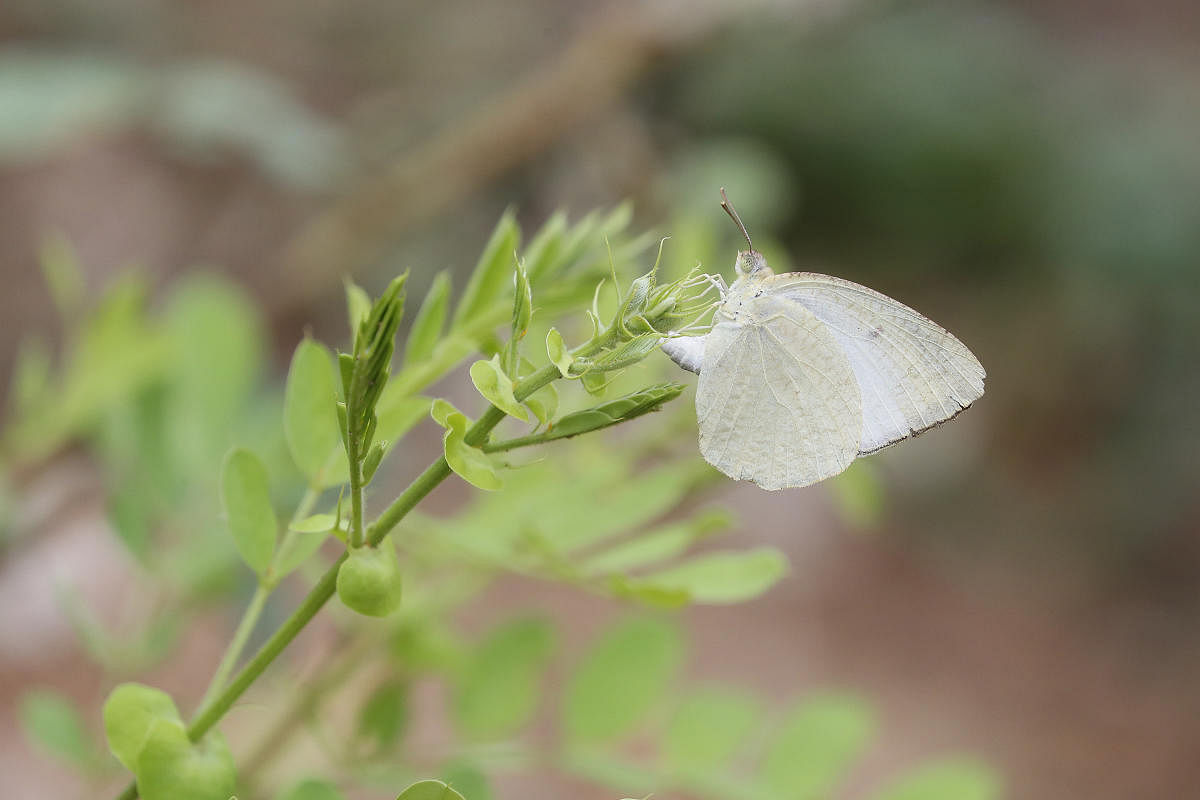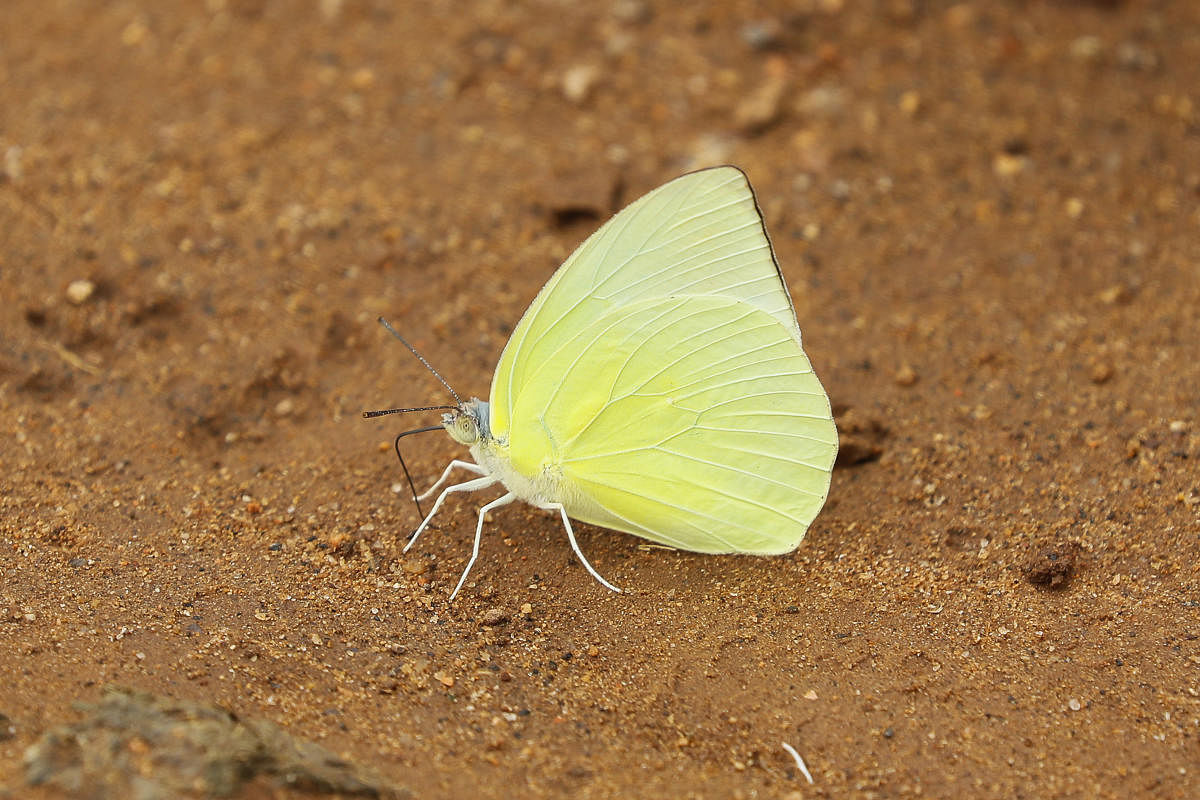
Fly long distance – that seems to be the strategy of Milkweed butterflies that migrate annually across southern India for survival and reproduction. On the other hand, there are Emigrant butterflies who don’t migrate but still fly up to 100-200 km looking for greener pastures for the sake of their progeny. And there are butterflies that don’t move at all.
Such diversity in butterfly behaviour – unearthed by two scientists at the National Centre for Biological Sciences (NCBS), Bengaluru – may help the forest department to tailor their plans to conserve species that have got less attention, like the butterfly.
Many animals respond to unfavourable environmental changes in their habitat by migrating or dispersing to other areas. Seasonally recurring changes in habitat conditions have led to such spectacular annual events as the large mammalian migrations across the African plains, and the monarch butterfly migrations across North America.
Large-scale migrations
India too has its share of large-scale migrations and dispersals: millions of waterfowl migrate from the northern regions to India and back around winter, and a countless number of insects disperse over long distances as seasons and habitats change.
When NCBS scientists Krushnamegh Kunte and Vaishali Bhaumik explored the movement pattern of butterflies – a species they studied for years – they discovered how such contrasting movement patterns influenced the reproductive characteristics of the winged insects.
To the uninitiated, migration and dispersal appear to be the same. But for the scientists, they are different. Migrations are long-range cyclical movements, which happen when animals move in a specific direction in a specific season between two known destinations. Thus, seasonal movements of waterfowl between Siberia and India are considered migrations.
On the other hand, dispersals are movements in which the direction and distance are unpredictable, and they are undertaken when local resources are exhausted. They are essentially movements in a random direction in search of new resource patches whose locations are unknown.
The NCBS team has found that female Milkweed butterflies that migrate annually in a predictable manner completely halt reproductive activities (reproductive diapause) and are not burdened with eggs during the long migratory flights. Instead, they invest all their energies in movement.
But female Emigrants - the long-distance dispersers - fly in a state of full reproductive maturity. They carry a heavy load of eggs on their flights looking for a suitable site for touchdown.
“By contrast, males of the species always travel light, whether they are migrating, dispersing, or not. Thus, dispersals selectively burden the flight of egg-carrying females,” Kunte said.
Published in the Royal Society’s journal Biology Letters, the study flags how such a stark contrast in reproductive strategies of migrating versus dispersing butterflies stems from differences in the predictability of habitat patches and larval host plants.
“Dispersal happened due to the shortage of food. Because of the leaf flushing, butterfly host plants are stripped off the leaves prior to monsoon. The green leaves that come out during the monsoon are their favourite food. Since the host plants of butterflies are similar, those who disperse don’t have to travel long distances to find a plant,” Bhaumik told DH.
The annual migrations of Milkweed butterflies occur between known habitat patches, so there is some certainty about finding the right habitat patch at a predictable time in relation to the monsoon. For them a reproductive diapause, which takes time to break, and subsequently delayed courting, mating and egg-laying is a feasible option.
“Such research findings are a first step towards conservation efforts taken up by the forest department especially for lesser-known species such as butterflies,” said Ajai Misra, Principal Chief Conservator of Forests (Wildlife) & Chief Wildlife Warden, Karnataka Forest Department, which has supported a string of projects by Kunte’s lab. “The Karnataka Forest Department utilises such studies in understanding habitat corridors being used for dispersal and migration by different species.”

